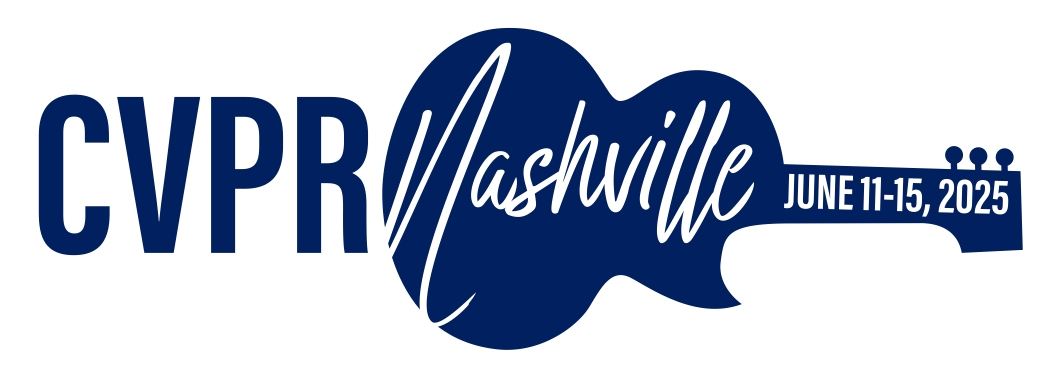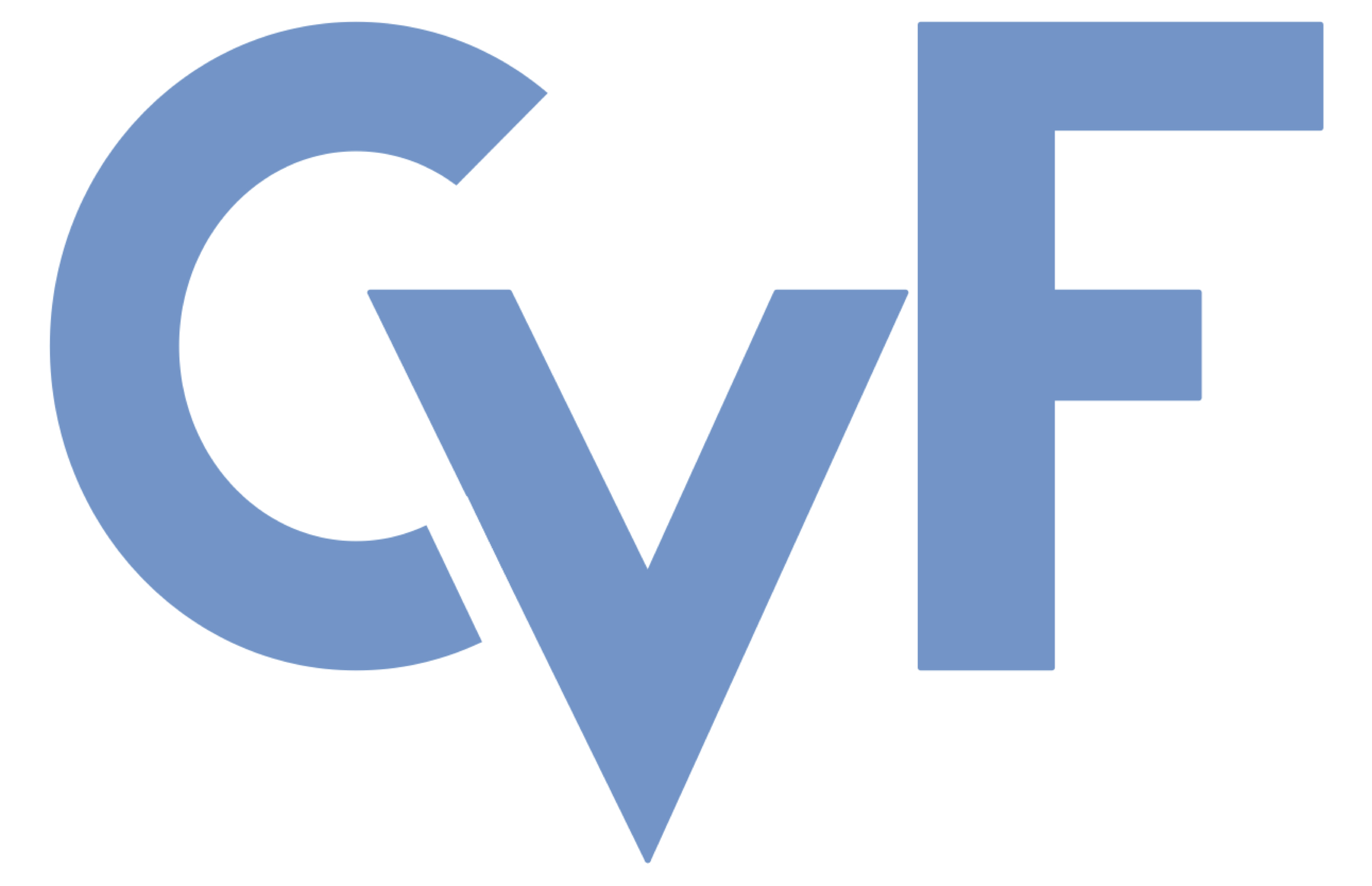-
[pdf]
[supp]
[arXiv]
[bibtex]@InProceedings{Hong_2025_CVPR, author = {Hong, Wenyi and Cheng, Yean and Yang, Zhuoyi and Wang, Weihan and Wang, Lefan and Gu, Xiaotao and Huang, Shiyu and Dong, Yuxiao and Tang, Jie}, title = {MotionBench: Benchmarking and Improving Fine-grained Video Motion Understanding for Vision Language Models}, booktitle = {Proceedings of the IEEE/CVF Conference on Computer Vision and Pattern Recognition (CVPR)}, month = {June}, year = {2025}, pages = {8450-8460} }
MotionBench: Benchmarking and Improving Fine-grained Video Motion Understanding for Vision Language Models
Abstract
In the quest for artificial general intelligence, Multi-modal Large Language Models (MLLMs) have emerged as a focal point in recent advancements. However, the predominant focus remains on developing their capabilities in static image understanding. The potential of MLLMs in processing sequential visual data is still insufficiently explored, highlighting the absence of a comprehensive, high-quality assessment of their performance. In this paper, we introduce Video-MME, the first-ever full-spectrum, Multi-Modal Evaluation benchmark of MLLMs in Video analysis. Our work distinguishes from existing benchmarks through four key features: 1) Diversity in video types, spanning 6 primary visual domains with 30 subfields to ensure broad scenario generalizability; 2) Duration in temporal dimension, encompassing both short-, medium-, and long-term videos, ranging from 11 seconds to 1 hour, for robust contextual dynamics; 3) Breadth in data modalities, integrating multi-modal inputs besides video frames, including sub- titles and audios, to unveil the all-round capabilities of MLLMs; 4) Quality in annotations, utilizing rigorous manual labeling by expert annotators to facilitate precise and reliable model assessment. 900 videos with a total of 254 hours are manually selected and annotated by repeatedly viewing all the video content, resulting in 2,700 question-answer pairs. With Video-MME, we extensively evaluate various state-of-the-art MLLMs, including GPT-4 series and Gemini 1.5 Pro, as well as open-source image models like InternVL-Chat-V1.5 and video models like LLaVA-NeXT-Video. Our experiments reveal that Gemini 1.5 Pro is the best-performing commercial model, significantly outperforming the open-source models with an average accuracy of 75%, compared to 71.9% for GPT-4o. The results also demonstrate that Video-MME is a universal benchmark, which applies to both image and video MLLMs. Further analysis indicates that subtitle and audio information could significantly enhance video understanding. Besides, a decline in MLLM performance is observed as video duration increases for all models. Our dataset along with these findings underscores the need for further improvements in handling longer sequences and multi-modal data, shedding light on future MLLM development. Project page: https://video-mme.github.io.
Related Material





